With CPI stable, manufacturing, consumption and investment in focus
Recovery and expansion of the still-weak demand are critical to lifting China's economic growth, with more credit getting funneled into the manufacturing sector, improving the consumption supply system, officials and experts said on Wednesday.
Meng Wei, a spokeswoman for the National Development and Reform Commission, said at a news conference that April figures for the manufacturing sector — China's official manufacturing purchasing managers' index declined to 49.2 in April from 51.9 in March, sliding into contraction territory — showed that demand has to recover and expand further to help keep industrial growth stable.
The manufacturing PMI in April, however, indicates that current market demand remains insufficient, and internal momentum for development has yet to improve, she said.
There are several bright spots among the April manufacturing sub-indexes, despite the PMI decline, Meng said.
For instance, the sub-index for expectations of business operations came in at a relatively high level of 54.7 in April. This indicates that businesses are exhibiting stable confidence in recent market developments.
Industry-wise, indexes of a number of sectors like telecommunications, agriculture, food processing, railways, shipping and aerospace equipment all rose, showing strong market expectations.
"Going forward, we will work to unleash consumption potential further and create a high-quality consumption supply system," Meng said.
"New efforts will be made to stabilize and expand investment in manufacturing. The role of special local government bonds, funds under the central government budget and structural adjustments to monetary policy will be better harnessed. Efforts will also be made to keep increasing medium- and long-term loans to manufacturing, in order to ensure high growth of the sector."
In the first four months, the NDRC approved and confirmed 56 fixed asset investment projects totaling 378.4 billion yuan ($54 billion), she said.
Regarding the fall in price growth in April, Meng said such a slowdown is partly imported and can be mainly attributed to cyclical and seasonal factors.
"The fall was particularly affected by the high base over the same period last year. In addition, the prices of some commodities have fallen more sharply year-on-year in April, pulling down the overall consumer price index," she said. "Such a phenomenon is provisional and time-limited."
China's consumer price index rose 0.1 percent in April year-on-year, the slowest pace of rise since early 2021.
Issuing monthly economic data on Tuesday, the NBS said that deflation is not evident in China at present and will not appear in the next stage either.
Gao Ruidong, chief macroeconomist at Everbright Securities, said going forward, there will not be any significant steps in terms of macroeconomic policy easing.
"But new efforts will be made to consolidate the efficacy of current policy incentives and roll out more targeted support for key areas and weak links," he said.









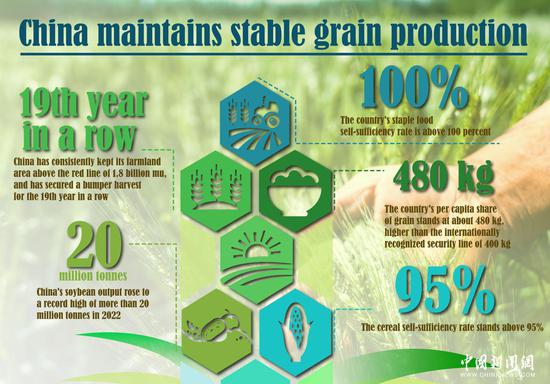
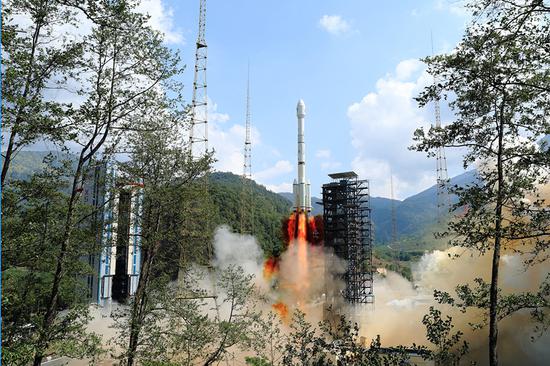


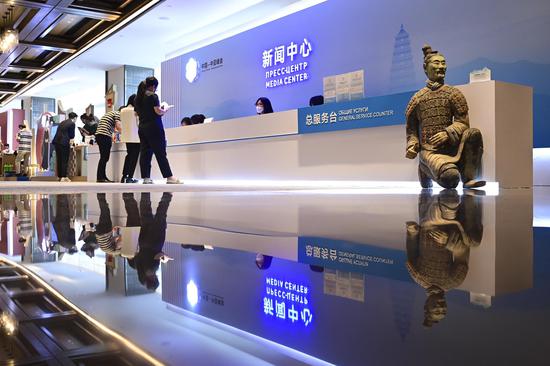



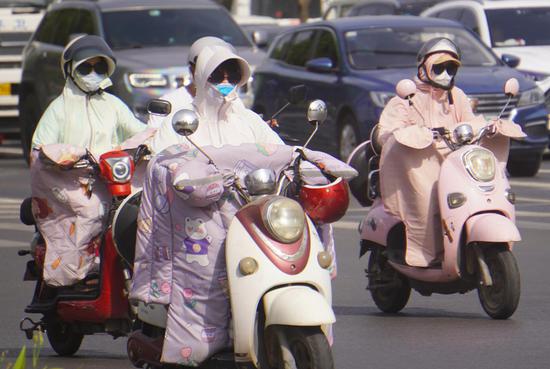



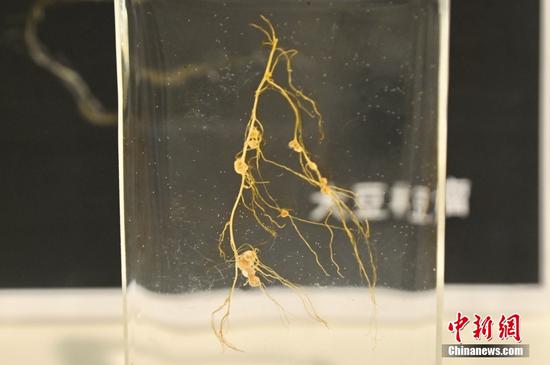
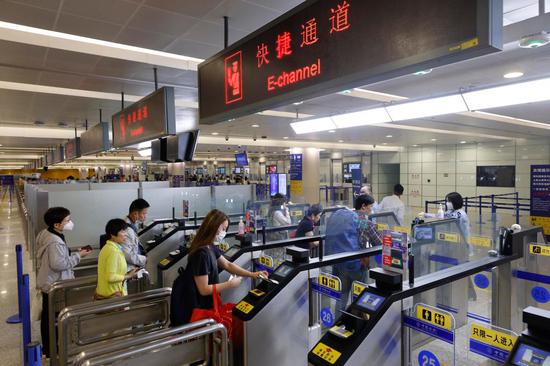

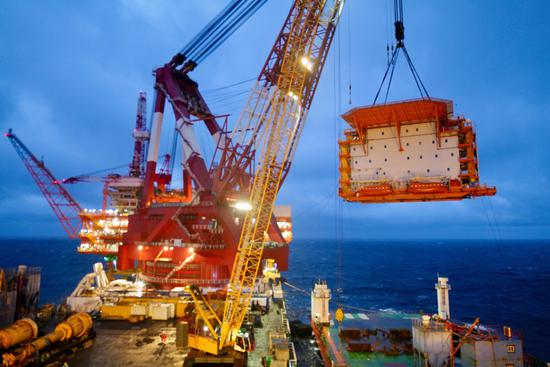
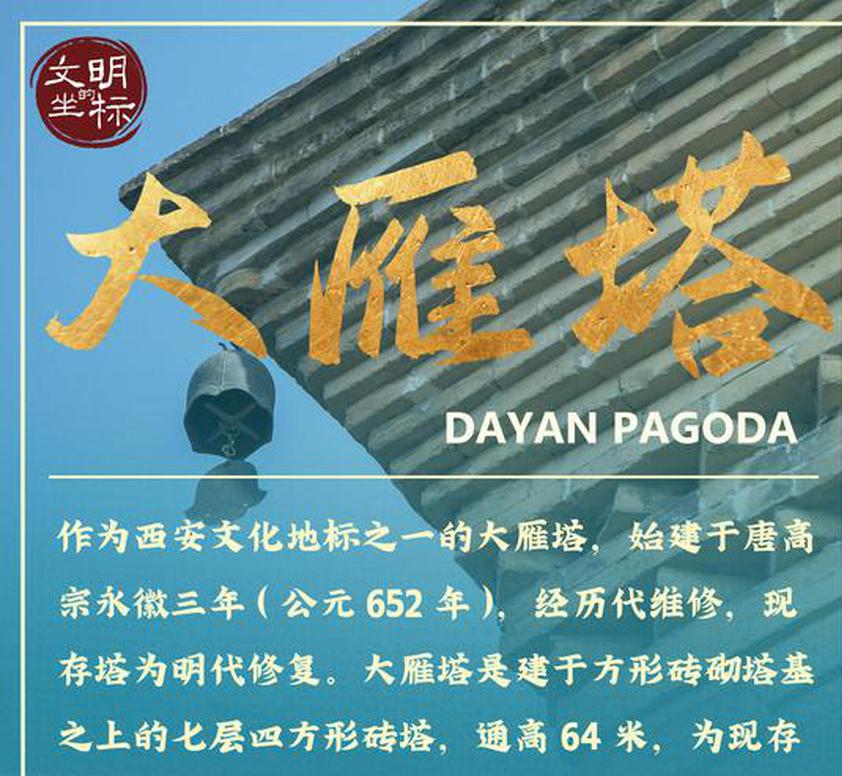
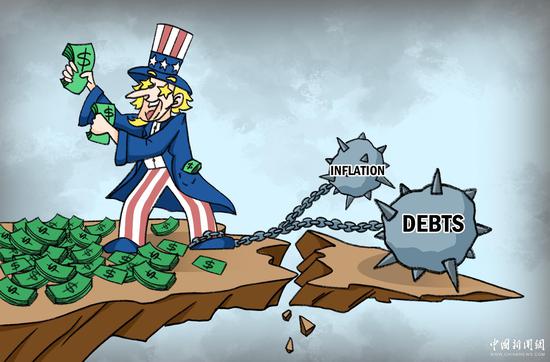






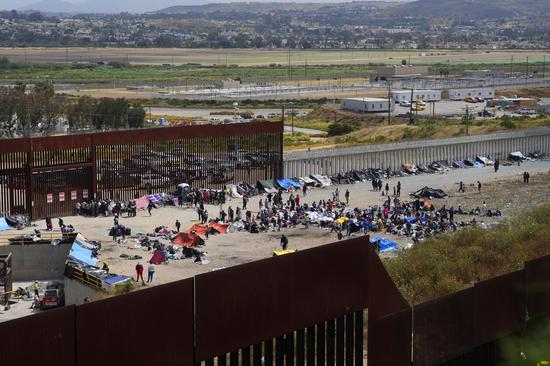





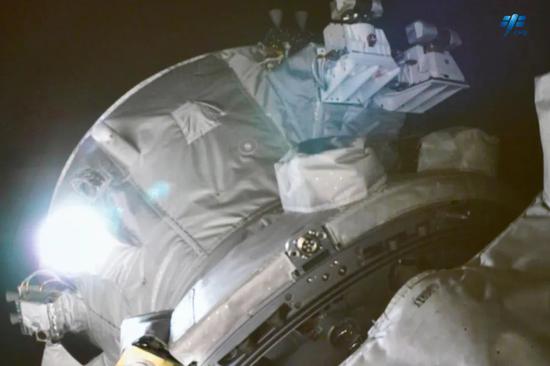

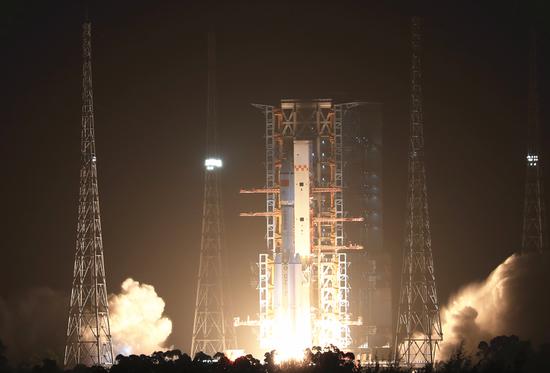






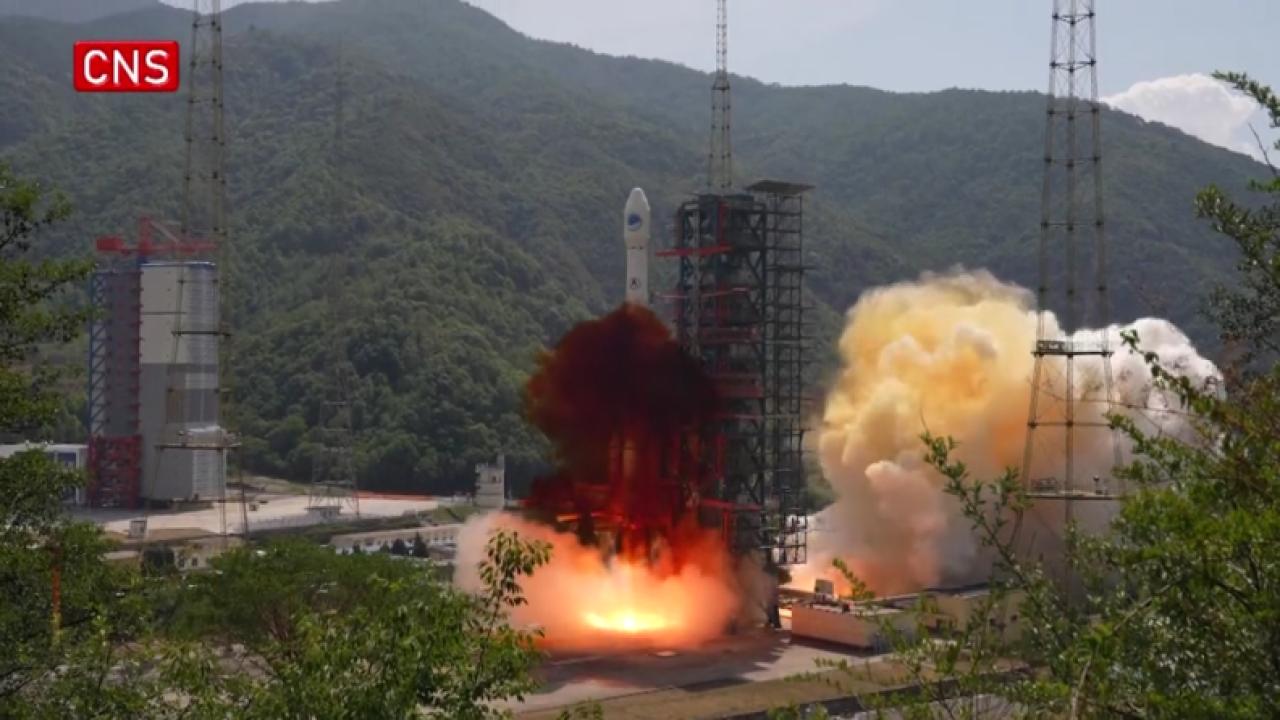

 京公网安备 11010202009201号
京公网安备 11010202009201号